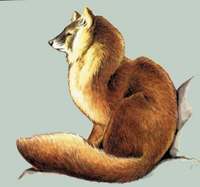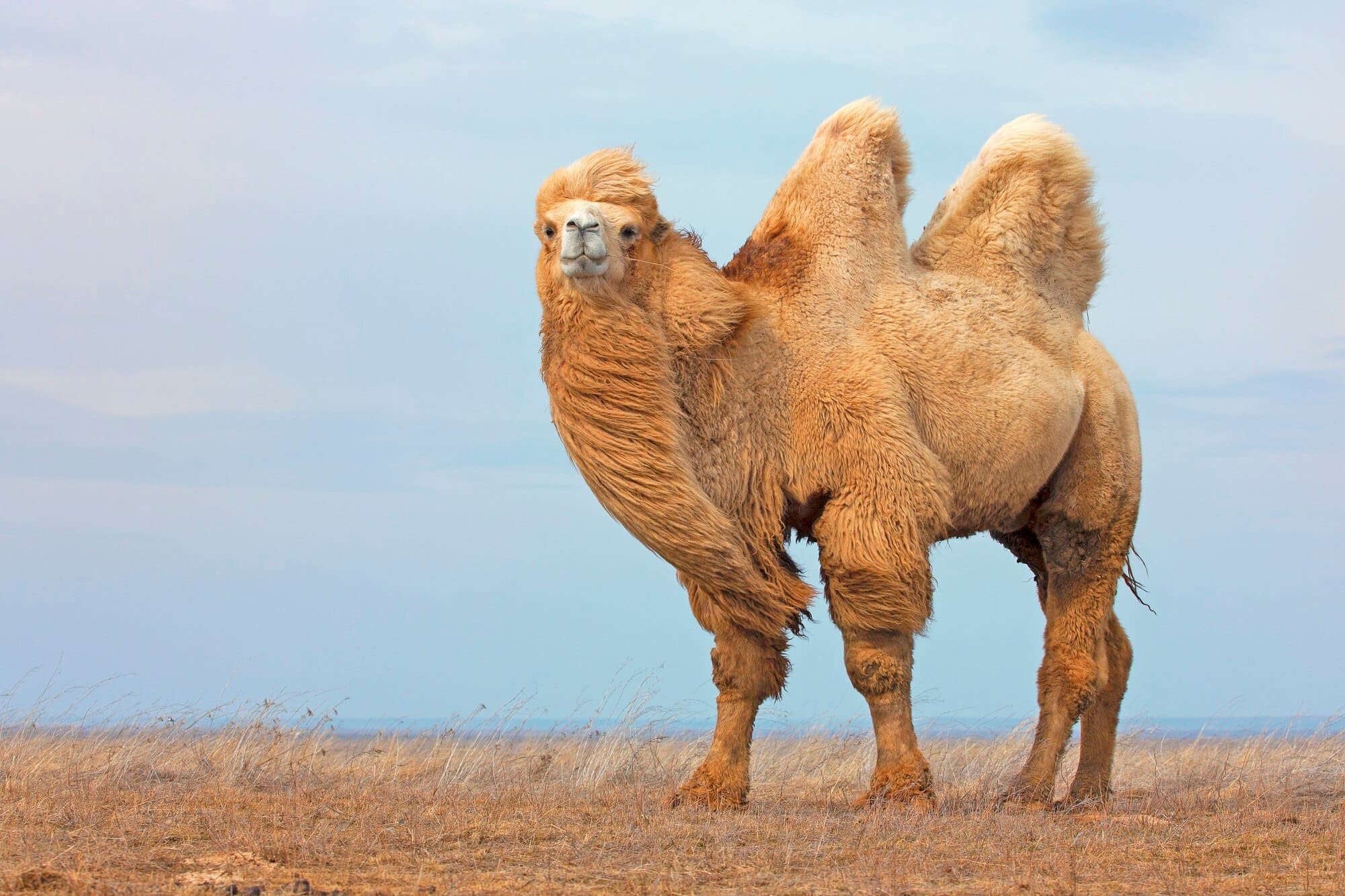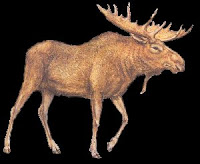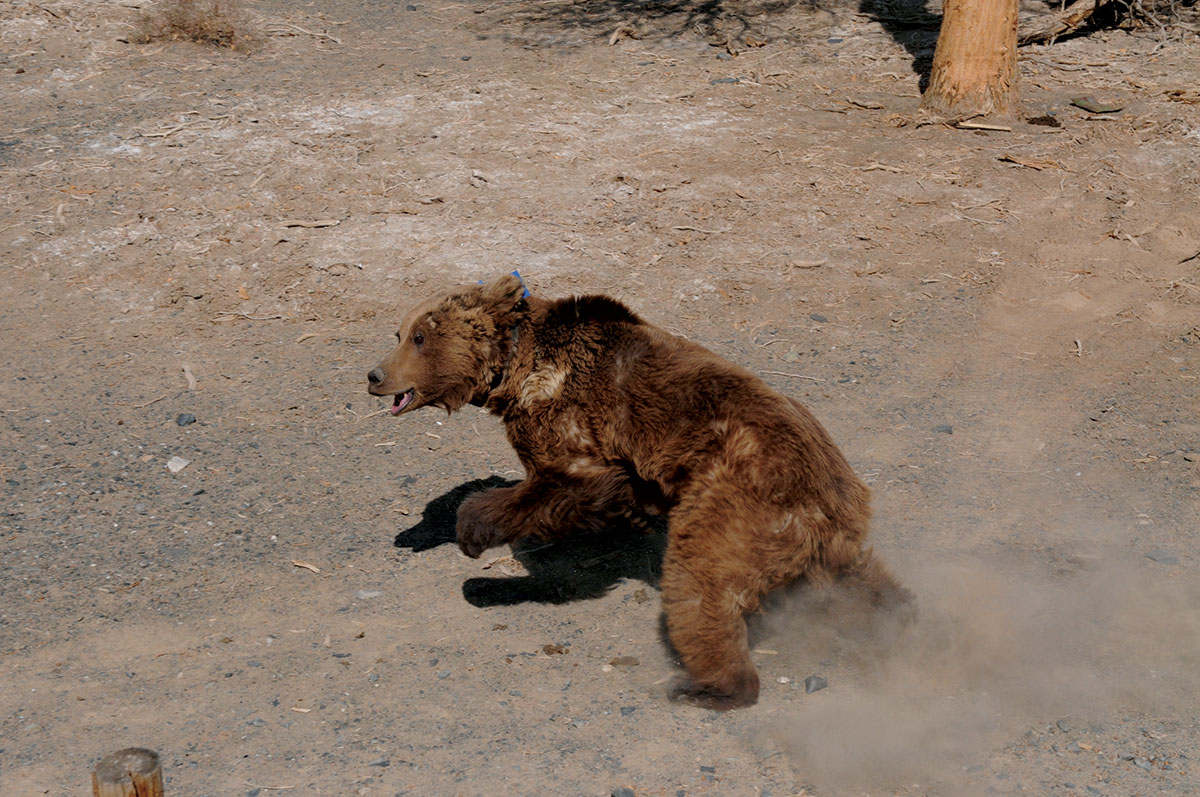Mongolia, the land of the eternal blue sky, is known for its stunning landscapes, nomadic culture, and unique wildlife. However, the country’s fragile ecosystem is facing serious threats from human activities, climate change, and other factors, putting many of its native species at risk of extinction.
And when this tragic event happens, those endangered animals in Mongolia get recorded in the ” Red Book”.
About Mongolian Red Book Animals ?
The Mongolian Red Book of Animals, also known as the “Red Book,” is a comprehensive guide to Mongolia’s endangered and protected species. It was first published in 1987 and has since been updated several times to include new species and updated conservation information.
The book serves as a vital tool for conservationists, policymakers, and the general public, providing important information on the status, distribution, and threats facing Mongolia’s wildlife.
The Red Book also plays a crucial role in raising awareness about the importance of conservation and the need to protect endangered species in Mongolia. It is a testament to the country’s commitment to preserving its unique natural heritage for future generations.
Now, let’s explore some of the animal species that are documented in the Mongolian Red Book of Animals.
Mongolian Coyote /Cuon Alpinus Pallas/
Coyotes belong to the canine family, a group of carnivorous mammals. They have a body length of about 100 cm and a tail length of 50 cm. These types of coyotes can be found in Africa or southern Asia. They inhabit rocky mountains and forests, where they hunt and eat small mammals, such as rabbits and rodents.

Coyotes are smaller than gray wolves and have a reddish-brown coat, a bushy tail, and pointed ears. In Mongolia, they can be found in the Khangai Mountains and the Altai Mountains, including the eastern tip of Azh Bogd in Altai’s Upper Gobi.
The coyote is included in the Red Book of Mongolia, which is published by the International Union for Conservation of Nature (IUCN). To protect the species, hunting of coyotes is prohibited by the Hunting Law of Mongolia, and conservation measures are being developed to study its habitat.
Northern otter /Lutra lutra Linnaeus/
The northern otter is a member of the marten family, which is a group of carnivorous mammals. They can be found in Mongolia from Amgalant in the Khalkh River to the state border, and Tengis in the Shishged River from the confluence with the Shishged River to the state border.

Hunting of otters in Mongolia has been strictly prohibited by law since 1930. The Khalkh River and Lower Shishged River have been protected for the purpose of establishing otter reserves, conservation, protection, and breeding.
Bactrian Camel /Camelus ferus, Przewalskii/
Bactrian camels belong to the camel family, which is a group of ungulates in the mammal family. They are one of the rarest animals in the world. The body length of Bactrian camels is about 250-360 cm, and their height at the hump is 180-210 cm.

They are wild, two-humped camels that inhabit the Gobi and Taklamakan deserts of Asia. Bactrian camels have a squarish body shape, short hair, long and fine hair, and light-colored skin. They differ from domestic camels in several aspects of anatomy and behavior.
Moose of Ussuri /Alces alces cameloides milne-Edwards/

The Ussuri moose belongs to the family of ungulates, which are a group of mammals. They inhabit areas with tall dense grasses, reeds, and butane thickets such as willows and monos in the basins of the Khalkh and Nümrug rivers. In winter, they move to sand dunes covered with pine trees.
They also live in low mountains and hills, as well as hollow valleys with swamps and meadows. The Ussuri moose can often be found in the upper part of the Khalkh River, as well as in the basins of the Nymrog and Dege rivers. Hunting of Ussuri moose in Mongolia has been prohibited by law since 1953 to protect the species.
Snow leopard /Uncia uncial/

The snow leopard is a member of the cat family and a predator, with a body length of 110-130 cm, a tail length of 92-105 cm, and a weight of 20-40 kg. It has a short, long body and is dark gray with black spots, except for the belly, which has no spots.
The snow leopard can be found in Central Asia, South Siberia, Mongolian Altai Mountains, Altai Upper Gobi, some mountains of Umnogovian Mountains, the inner part of the main mountain range, and the high mountains on the west side of Khuvsgul Lake.
Females give birth once a year. With only about 3,500 snow leopards in the world, of which 1,000-1,200 live in Mongolia, protecting this animal is a great responsibility for Mongolians towards the world. Snow leopards are not easily spotted in the wild, but their presence indicates a stable and healthy ecosystem.
Many people aim to study and protect snow leopards, which generates significant funding for animal protection and research. A portion of this funding is also used to improve the livelihood of local people. Therefore, the snow leopard has great potential to attract the attention of international donor organizations.
Gobi Bear /Ursus pruinosus Blyth/
The Gobi bear, also known as Mazaalai, belongs to the bear family, which is a group of carnivorous mammals. It is found in the rugged mountains and gorges of the Gobi Desert, near springs, oases, and open water. They build their nests in rock caves, reeds, and thickets.

In Mongolia, they can be found in the western part up to the eastern tip of Azhbogd, the eastern part up to Tost Namegt mountain, the northern part including Zahui, Zarman, and Edren mountains, and the southern part up to the border. As of 1985, more than 30 Mazaalai were registered in Mongolia, but currently, there are only 26 known individuals.
Related topics:
If you have questions about Mongolia, don’t hesitate to ask. I’ll be happy to help in any way that I can!
